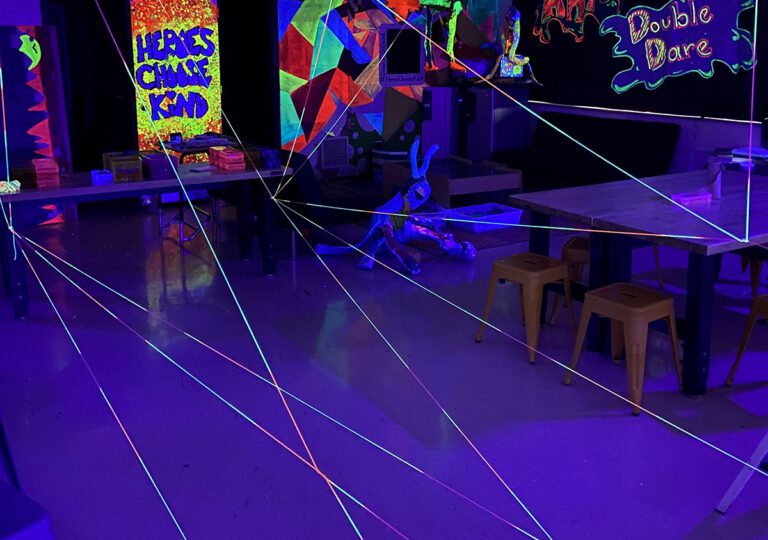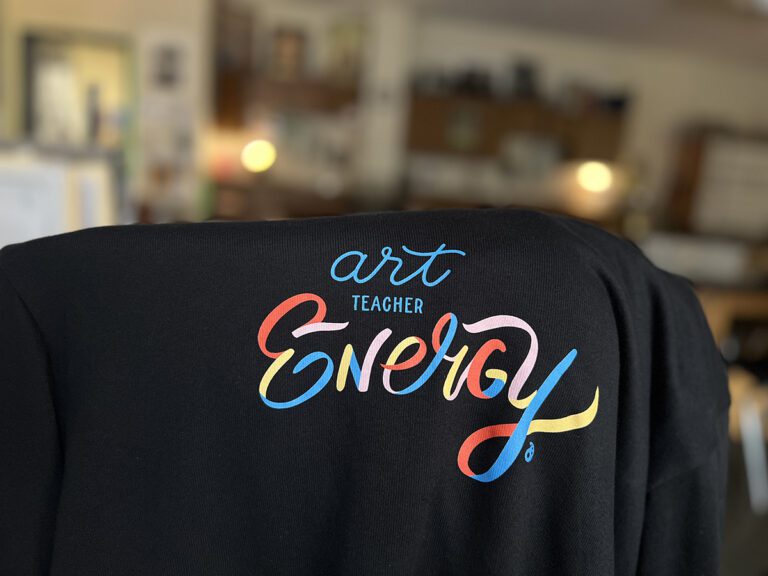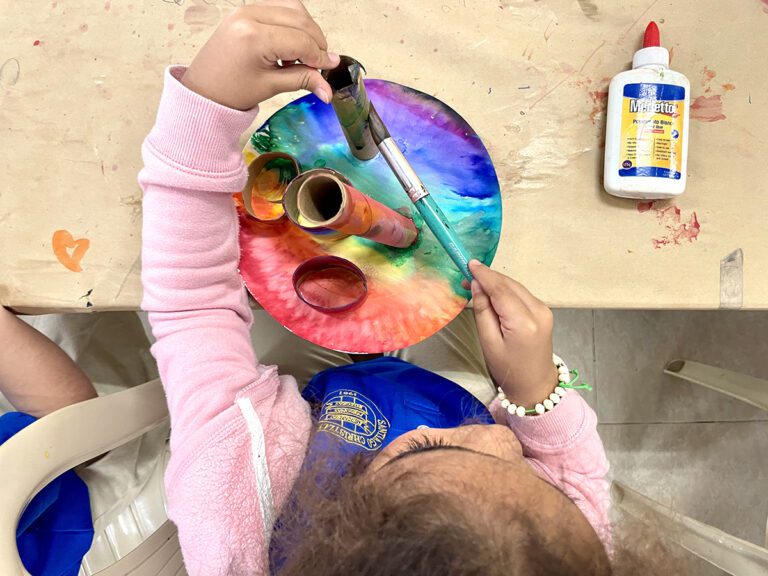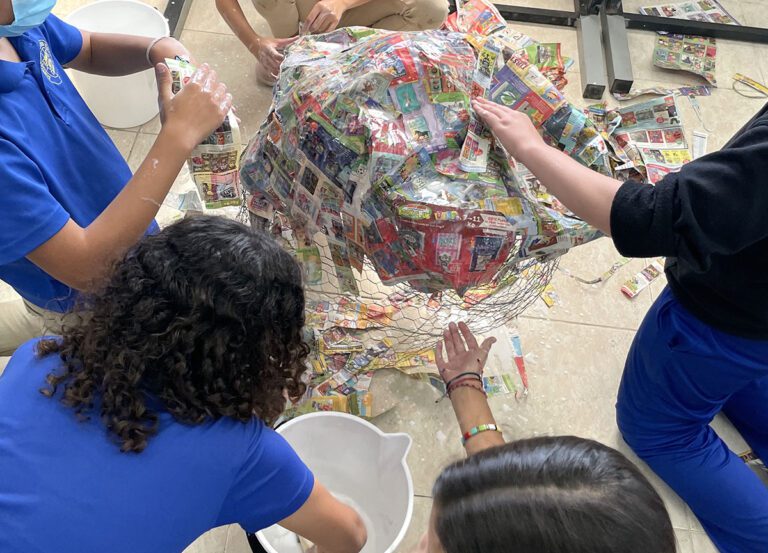This school year has and continues to be undoubtedly challenging for everyone involved. While some of your students might have adapted quickly to their new schooling structure and are continuing to be successful, others might be struggling with the motivation to stay engaged in school. Great art teachers are always being responsive to their students and teaching the curriculum in a relevant way to the current circumstances. If you find your students are struggling with motivation or engagement, here are a few ideas to try during this challenging time.
1. Offer them choices.
Providing students with more choices can be a great motivator in the artmaking process. When students have choices and options it can give them a sense of control and power over the situation leaving them more confident to approach the project. With more options comes more opportunities for “right answers” and reduces the pressure to “do it right.” Choices in the artmaking process might include materials, subject matter, size, style, composition, etc. On the other side of the spectrum, too much choice can sometimes leave students floundering with no direction. One solution can be providing your students with a choice board to help in the planning process.
How to Maintain Student Choice with Online Learning
Offering Choice and Teaching About Careers Through Distance Learning (Ep. 136)
2. Make it relevant.
As you know, it’s tough to stay engaged in a professional development session that has little to do with the art room. Students need to find relevance and purpose within the art curriculum in the same way. Take time to reflect on why you believe it’s critical for students to learn art during this time. Here are some guiding questions to help you process:
- What are your students currently experiencing in their homes and community?
- What do your students care about right now?
- Which art project(s) can help students express their thoughts and feelings?
- What artists and images show art reflecting the times?
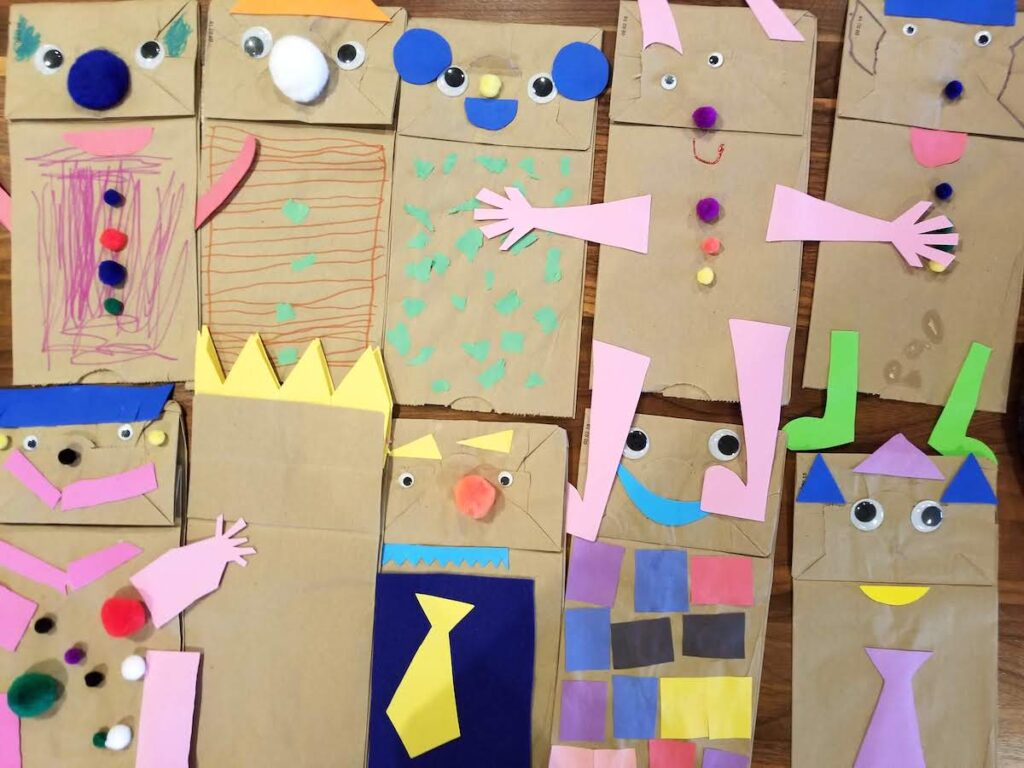
As you review your responses, think about how you can reshape your curriculum to intentionally target the role art can play in current times. Help your students see that art can be a productive way to cope during a difficult time. Some students might find making art helpful as a vehicle to process and express themselves, while other students might enjoy getting lost in the making process and allowing themselves to disconnect from their reality for a short time.
How to Better Support Your Marginalized Students
How to Nurture Your Introverted Students in the Art Classroom
3. Make it fun!
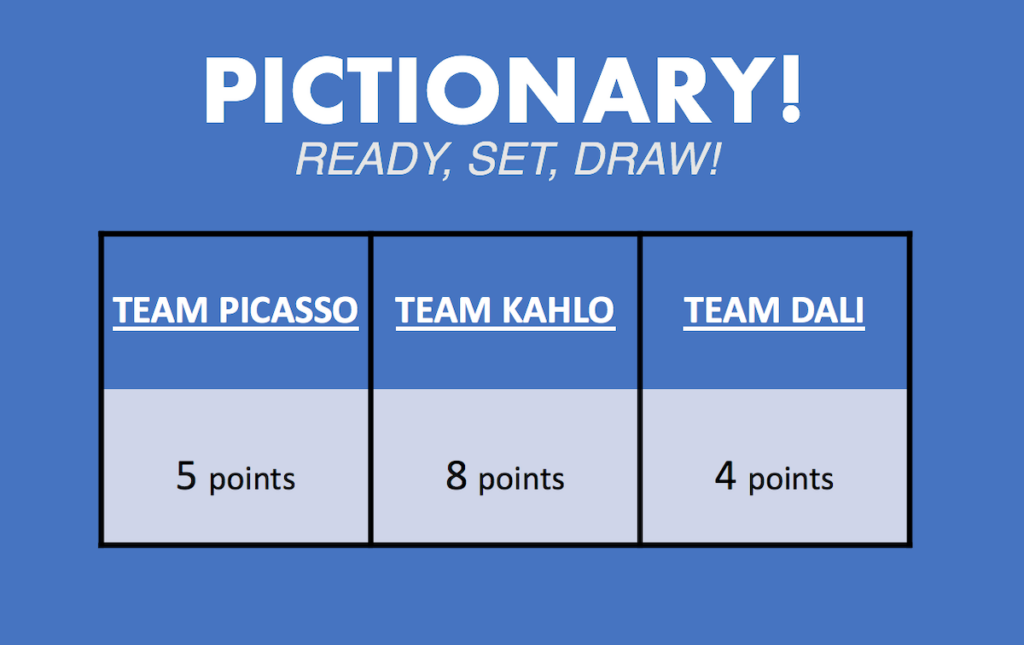
With new restrictions in the classroom or the confines of online learning, sometimes students are just looking to have some fun in a new way. Positive learning experiences that spark joy can keep students coming back wanting to learn more. Think about what your students would enjoy or consider soliciting their ideas. Changing up the routine can also create a positive response and re-engage some students. Some ideas could include:
- Using a program like Book Creator to create a story with student art can be a unique experience and a fun way to see their art exhibited
- Get your students away from the screens by challenging them to go somewhere else and sketch what they see before returning to show the class.
- Art scavenger hunts around their home can be an active way to promote movement and hone their artistic eye.
- Create opportunities to virtually visit museums or galleries.
- Arrange to video chat with a guest artist.
7 Choose Your Own Adventure Activities to Download Right Now
Reward Students For Their Hard Work: Have A Fun Friday!
4. Create opportunities for collaboration.
While critiquing and brainstorming can be a shared experience, making art is often very individualistic. When a student succeeds or fails, the ripple effect on the class is often minimal, but you might find students respond differently when their classmates are relying on them to contribute. Designing a lesson where students create together can motivate students to try their best. If you’re concerned about some students doing all of the work, think about how you can assign roles or control what each student needs to contribute.
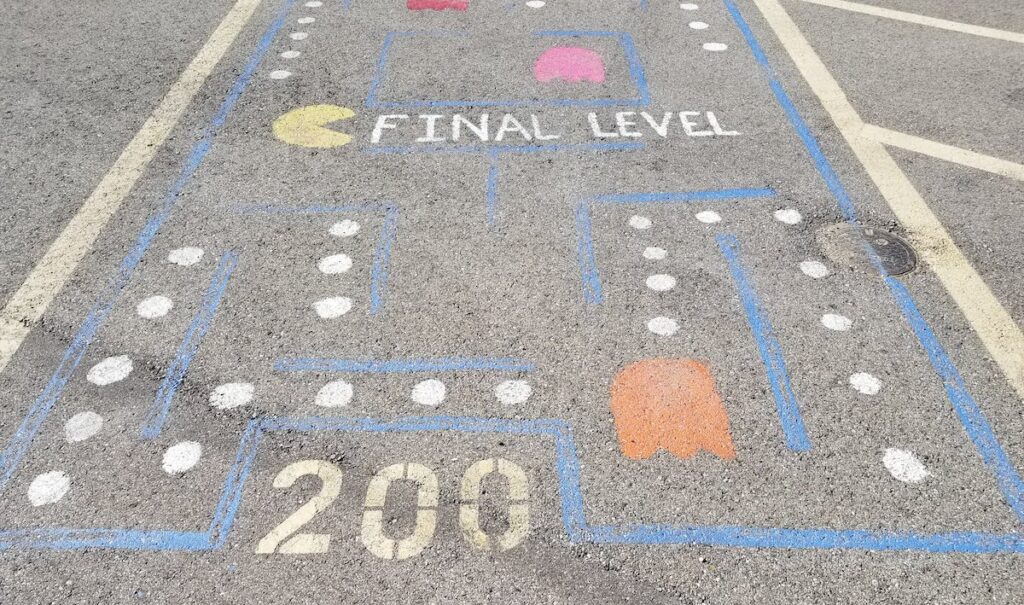
For example, groups of students could create a shared grid drawing and each student could contribute the same number of pieces. You can also create momentum by incorporating a quantifiable element like the group working toward a number of images. Keeping scores or tallies are also strong motivators in group settings.
How Student-Directed Collaboration Can Benefit Your Students
4 Ways to Incorporate Collaboration in the Classroom
5. Support students’ social-emotional needs.
Some of your students might be struggling and their social-emotional needs come before artmaking. Show your support for students by acknowledging and noticing their efforts and presence in class. Check-in with students to see where they are and to continue building a positive relationship. If you have concerns, check with your school about how to proceed.
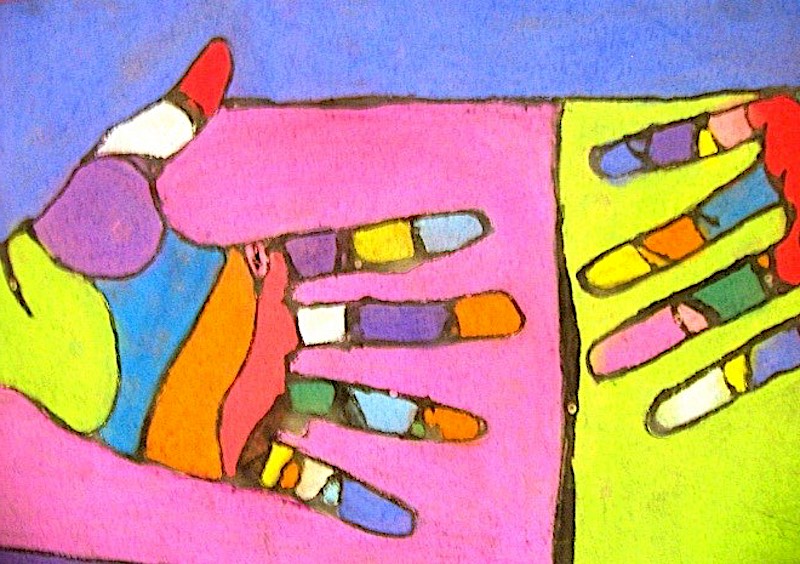
This might involve contacting a colleague and/or the family. Students will do a lot for a teacher they know cares about them, and your efforts might be what they need to stay connected to the school.
How to Support Social-Emotional Learning Through Choice
50 Activities that Support Social-Emotional Learning
As the school year continues to roll on, some of your students might be feeling the impacts of missed opportunities and experiences. Learning in a new environment might be wearing on them and making it more challenging to stay focused and committed to their schooling. Think about how you can meet students where they are by changing your approach to teaching the curriculum. Hopefully, you can deliver the current they need to reinvigorate their spirit and re-engage them as a learner and artist.
What do your students need right now?
What project always gets students excited?
Magazine articles and podcasts are opinions of professional education contributors and do not necessarily represent the position of the Art of Education University (AOEU) or its academic offerings. Contributors use terms in the way they are most often talked about in the scope of their educational experiences.


